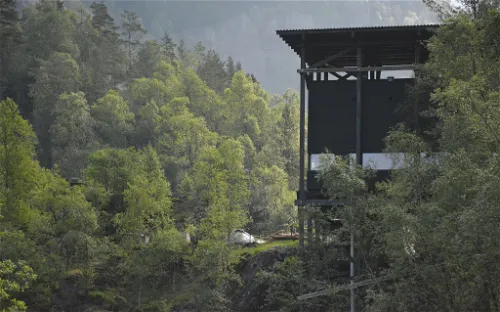Allmannajuvet and its collection
Allmannajuvet is a ravine or canyon situated along the river Storelva in the municipality of Sauda in Rogaland county, Norway. This natural attraction is nestled in a rural, forested area and offers a unique blend of natural beauty and historical significance. It's a great place for those who enjoy outdoor activities and want to learn more about Norway's mining history.
Historical Significance of Allmannajuvet
Allmannajuvet was once the site of a large zinc mine that began operations in 1881 and closed in 1899 due to fluctuating market prices of zinc and high extraction costs. At its peak, the mine employed 160 people and was a significant part of Norway's zinc exports. Today, the former mine site is maintained as an annex of Ryfylke Museum, offering visitors a glimpse into the past.
Visiting Hours of Allmannajuvet Museum
The Allmannajuvet museum is open to visitors during the summer months from June to August. For the rest of the year, it is available for groups who book in advance. This information is crucial for planning your visit to ensure you can fully experience what Allmannajuvet has to offer.
History & Anthropology Science & Technology Industrial heritage Geology

